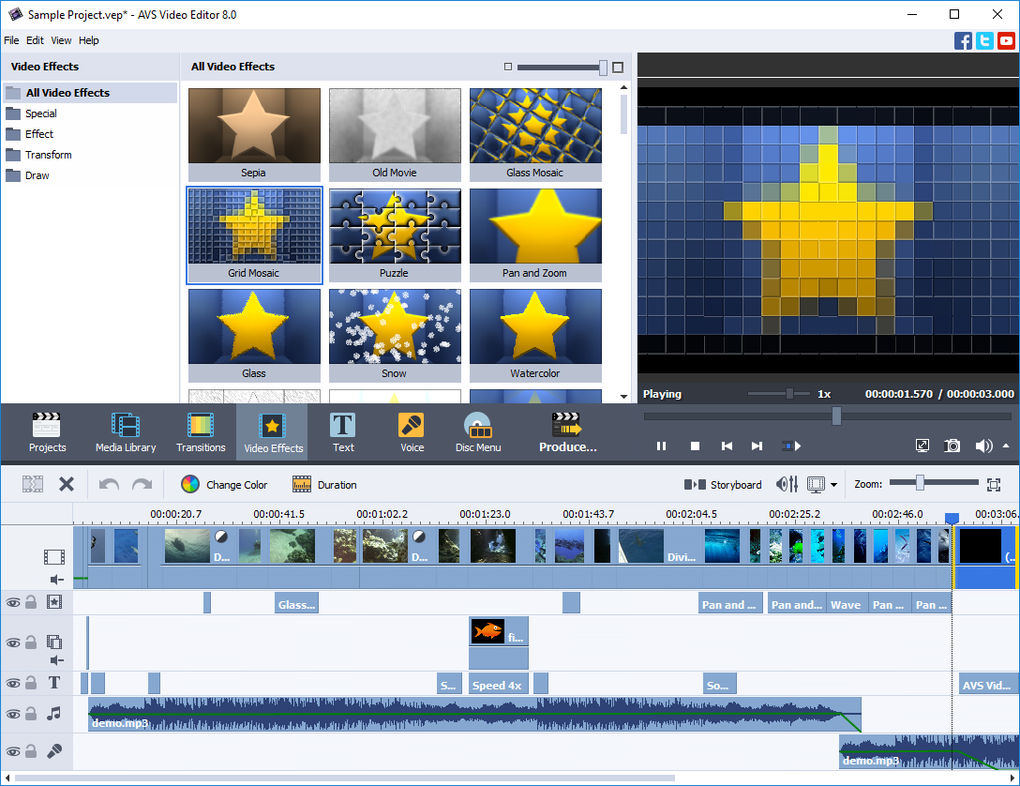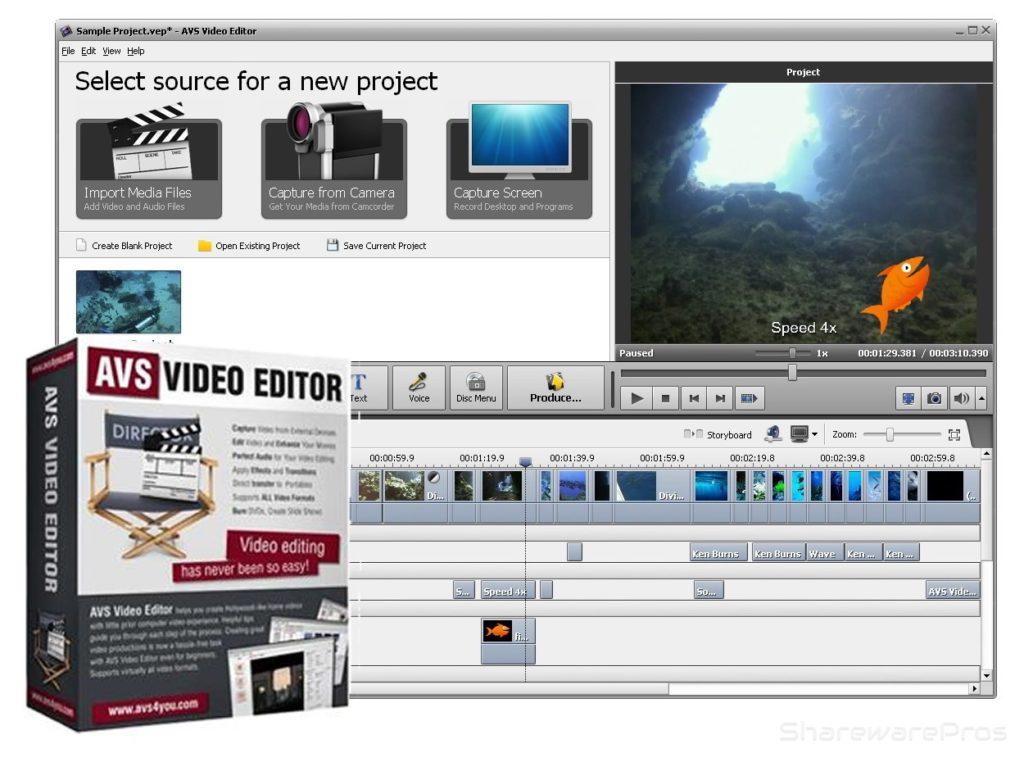

The lower the video bit rate, the smaller the file. Why is the bit rate being reduce so much? File size. If you’re shooting and editing 4K, you’d ideally want to export your video at a bit rate of 40-50mbps…or about half the bit rate at which it was originally shot.Īnd if you’re shooting and editing full HD video, you’d ideally want to export your video at a bit rate of 15-20mbps…again, about half the bit rate at which it was originally shot.

And when it comes out of your video editing software, it’s going to be compressed, or have a lower bit rate. That’s because first, you’ll likely edit your video and export it out of your video editing software. If you’re shooting full HD, your camera should be recording the video at a bit rate of 35mbps or higher…and ideally it should be around 50mbps.Īfter your video is shot, the compression dance begins. So what should that bit rate be? Well, it depends on the resolution of the footage you’re shooting.įor example, if you’re shooting 4K, your camera should be recording the video at a bit rate of 80mbps or higher (or 80 mega bits per second). That means you always want to shoot your videos at the highest possible bit rate before that video gets sent to YouTube, Vimeo, Facebook or wherever else to be seen online. And if the original version of your video is low quality to begin with, an even lower quality version comes out for the web. It’s like your video is going through a photo-copier, where a lower-quality version of your original video is spit out. That’s because when your video goes from your camera to being on the web (via YouTube, Vimeo, Facebook, etc.), your video is compressed…which means the video bit rate is reduced…so the video can play on the web. Video bit rate becomes even more important when your video goes on the web. But if you have a low video bit rate, the text will be fuzzy and dull. If you have a high video bit rate, the text will be sharp and crisp.

You can think of video bit rate like a piece of paper with text on it. The bottom line for you to remember is this – the higher video bit rate your camera records at, the better your video will look. And in this post, I’m going to cover one of them video bit rate. With video cameras, there are multiple factors that determine the actual quality of the video. But 4K is actually a video resolution, not an indication of absolute video quality.

When it comes to video cameras, most people focus on one thing the word 4K.


 0 kommentar(er)
0 kommentar(er)
